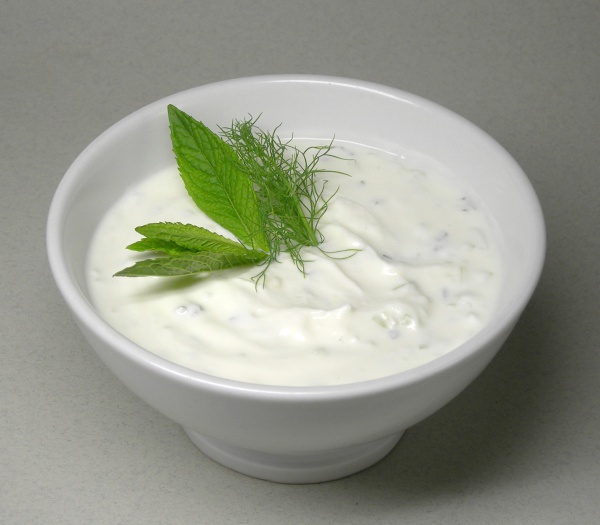Facts About Cacık
Tzatziki, also known as cacık or tarator, is a delectable and versatile dish that holds a prominent place in Southeast European and Middle Eastern cuisines. Whether you enjoy it as a dip, soup, or sauce, tzatziki is prepared from strained or diluted yogurt blended with cucumbers, garlic, salt, olive oil, vinegar or lemon juice, and herbs such as dill, mint, parsley, and thyme. Typically served cold, it makes an excellent appetizer or side dish.
The origins of tarator trace back to the medieval Ottoman Empire, where it initially referred to a dish made with ground walnuts and vinegar. Over time, various versions of tarator emerged, incorporating yogurt and cucumbers, eventually becoming a staple in Levantine and Balkan meze traditions.
The term "tzatziki" is derived from Modern Greek, which in turn originates from the Turkish word "cacık." The name has links to various Western Asian languages, with each region imparting its own unique twist to the dish.
Every country has its distinctive take on tzatziki. In Greece, it is often served with bread or fried vegetables such as eggplant or zucchini. In Turkey, cacık can be a cold soup or a thicker dip, featuring garlic, yogurt, cucumbers, and herbs. In the Balkans, tarator is typically a cold soup made with yogurt, cucumbers, garlic, walnuts, and dill.
In Cyprus, the dish is referred to as "talattouri" and is more commonly a dipping sauce. In the Middle East, there are variations like "jajeek" in Iraq and "mast o khiar" in Iran. Similar dishes can also be found in the Caucasus mountains and South Asia.
Tzatziki and its variants are a testament to the dish’s adaptability and the rich culinary traditions of diverse cultures. Enjoy exploring the myriad flavors of this beloved dish!

 Georgia
Georgia